Because art and culture are such integral parts of travel, let’s take a look at what folklore is and where to see folklore while you’re traveling. If you ask yourself, “What is folklore?”, you may find that even though you know more or less what folklore is, it’s hard to pin it down. Folklore encompasses so much of culture (and its beliefs) and the ways in which people express those cultural aspects. Basically, folklore is the traditional beliefs, customs, and practices of a culture (or particular group); it could include the music, superstitions, art, and holiday rituals of the people of a certain island of Indonesia, for example.
What’s exciting about folklore is that it is current. It’s based on traditions from the past but is part of the living cultural heritage of a place. By looking how people express their beliefs and traditions, we better understand what is important to other cultures and how they use creativity to express their cultural heritage.
What is folklore?
When we look for an exact definition of folklore, we can see that it encompasses so much of a culture’s identity. These are the things that make cultures unique from one another, the things that we notice about other countries when we travel. From the songs and rituals used to celebrate holidays to the fairy tales told to children, folklore shines through the monotony of today’s modern culture.
According to the American Folklore Society, folklore is “the traditional art, literature, knowledge, and practice that is disseminated largely through oral communication and behavioral example. Every group with a sense of its own identity shares, as a central part of that identity, folk traditions–the things that people traditionally believe (planting practices, family traditions, and other elements of worldview), do (dance, make music, sew clothing), know (how to build an irrigation dam, how to nurse an ailment, how to prepare barbecue), make (architecture, art, craft), and say (personal experience stories, riddles, song lyrics).”
How can I learn about folklore?
When you travel, you can learn about the local folklore by asking people questions like these:
- What kind of art is very traditional here, and what does it mean? How do people make it?
- What are some songs or stories that every child knows?
- What are some of the old traditions that you practice on holidays?
- What types of dances are traditional here? Where can I see this dance performed?
- What festivals are traditional here, and what is the story behind them?
The Ride of the Kings (above) inVlčnov, a village in the Czech Republic, is an excellent example of folklore–it tells a very old story through a festival, complete with a specific set of rituals and decorations, and is still held every year. Due to its importance to the cultural heritage of the country, it gained UNESCO World Heritage status. (You can learn about UNESCO’s list of “masterpieces of intangible cultural heritage” here.)
Where can I see folklore while traveling?
Because folklore is such an integral part of culture, and one that is gradually dying out due to the influences of globalization, I suggest looking for places to see folklore during your travels. When visiting Mexico, for example, learn about folk art traditions in Oaxaca. While in the Czech Republic, visit the unique outdoor folklore museum in Rožnov pod Radhoštěm. While in Brazil, learn about Afro-Brazilian folklore (fascinating!) at the Museu Afro-Brasil in São Paulo.
Besides speaking with local people and visiting local festivals, visiting folklore museums is a good way to learn more about folk traditions. Here are a few places to see folklore in the U.S.:
The American Folk Art Museum in New York City
This museum’s collection includes quilts, photographs, tapestries, paintings, and other treasures of American folk art. The museum is located at Lincoln Square, and admission is free!
The Craft and Folk Art Museum in Los Angeles
This museum challenges people’s thinking of art and crafts through innovative exhibitions and even hands-on workshops where visitors can try making art. Children under 10 are free.
The Smithsonian Museum of American Art in Washington, D.C.
This museum has one section devoted to folk art and another section devoted to American craft traditions. Admission is free.
Museum of International Folk Art in Santa Fe, New Mexico
This museum shares the folklore traditions of peoples from around the world and has an impressive collection of Hispanic folk art. Exhibitions are kid-friendly.
What suggestions do you have for learning about folklore and where to see folklore while traveling?
Photo credit for the CAFAM: Chris McInnis on Flickr. All others are mine or from Wikimedia Commons.

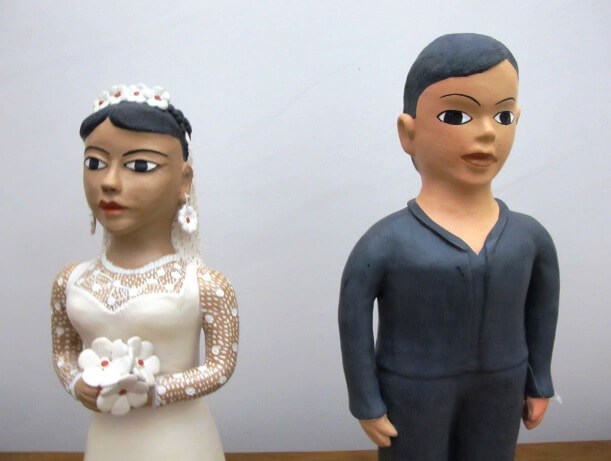
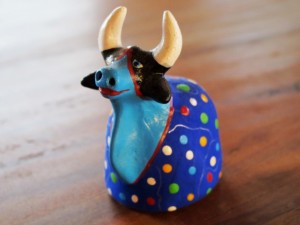
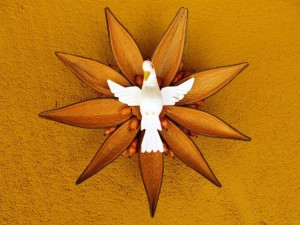
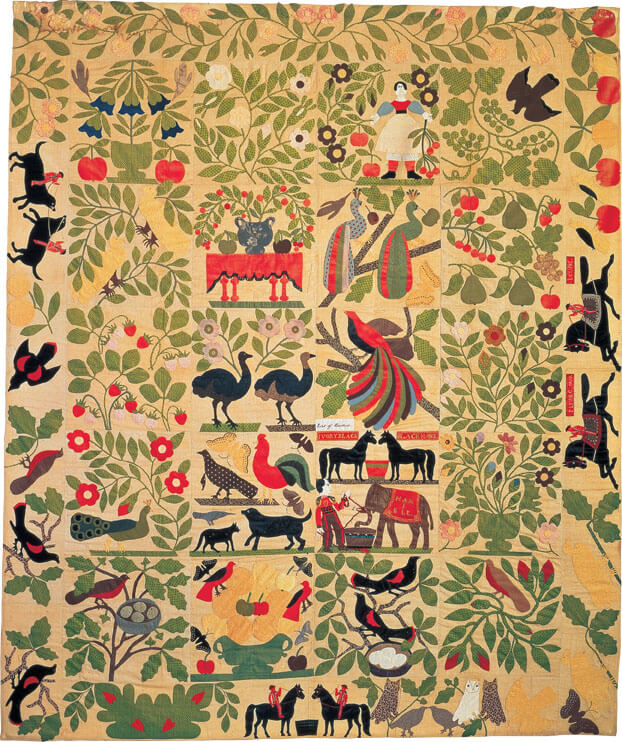
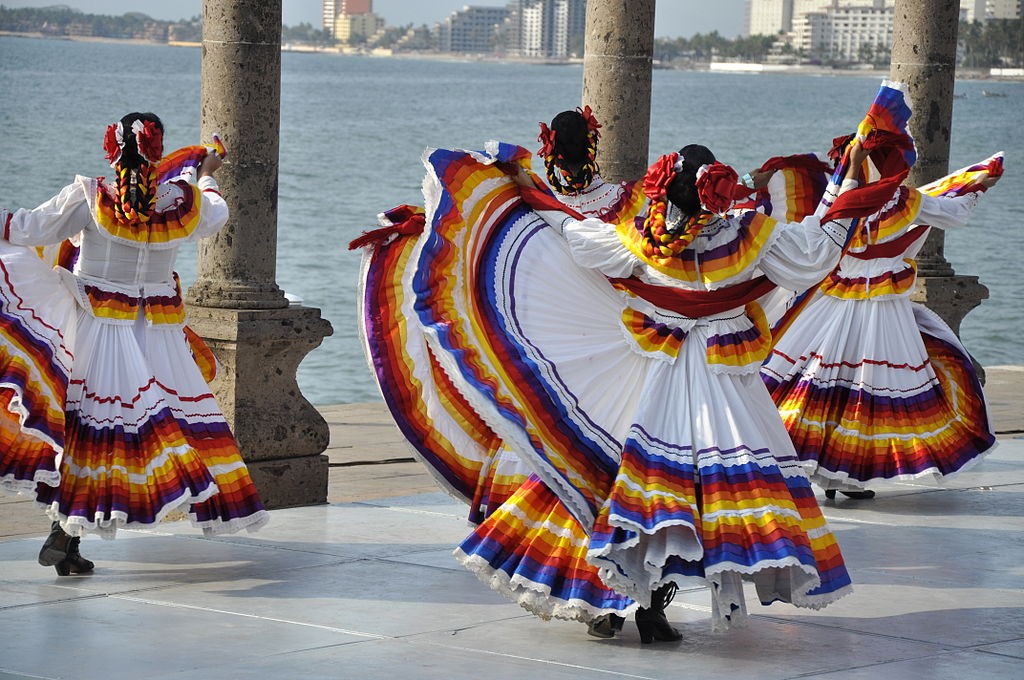
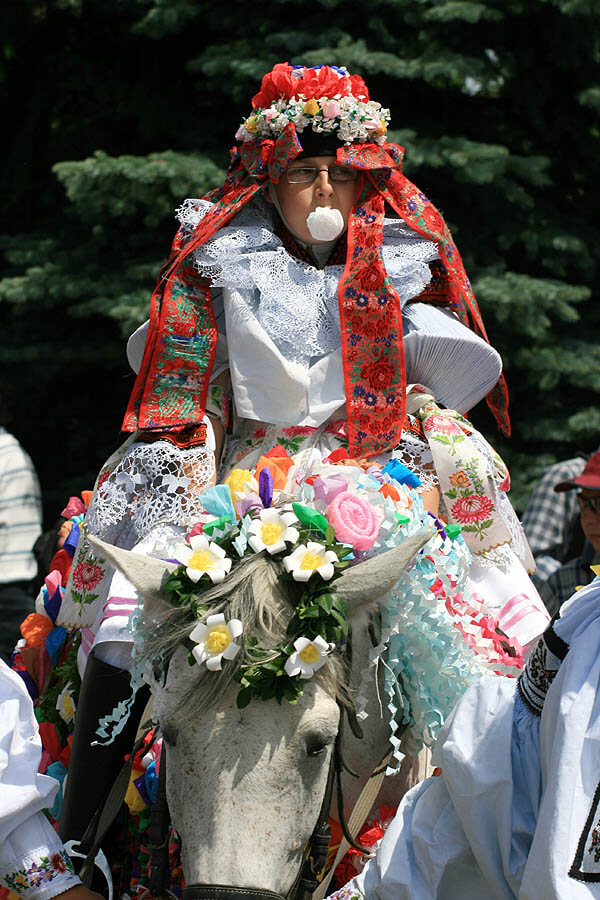
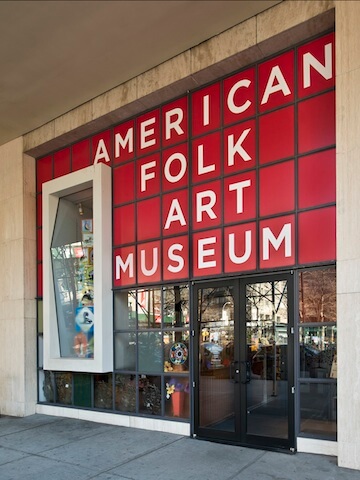
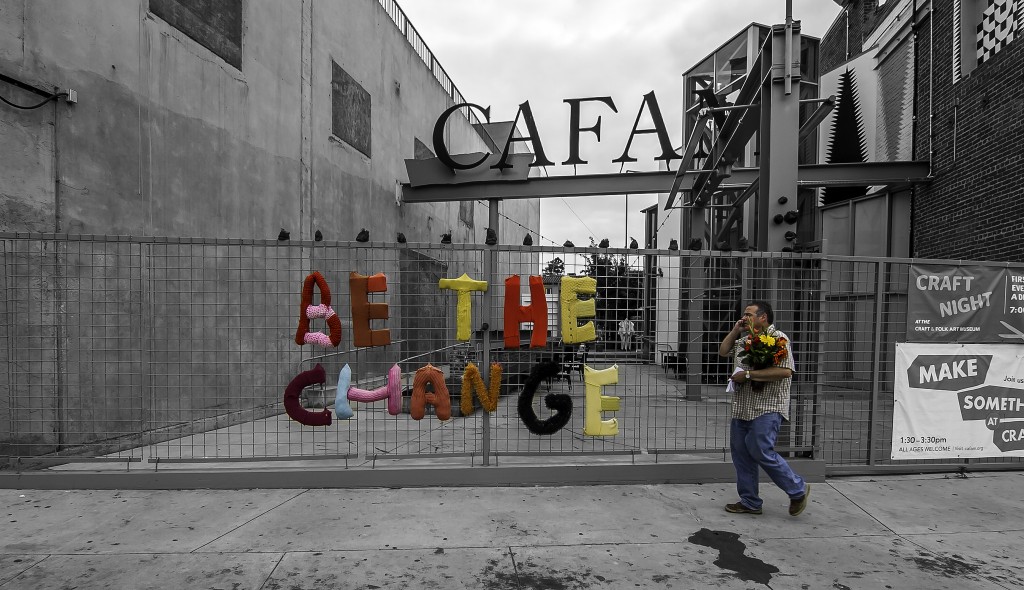
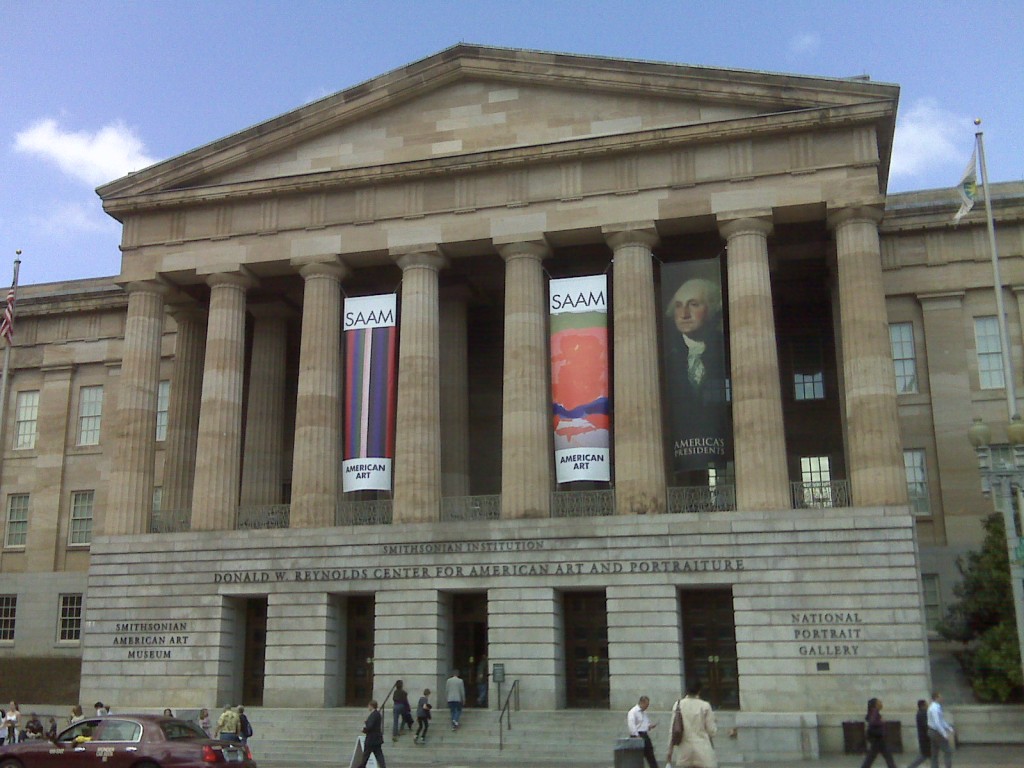
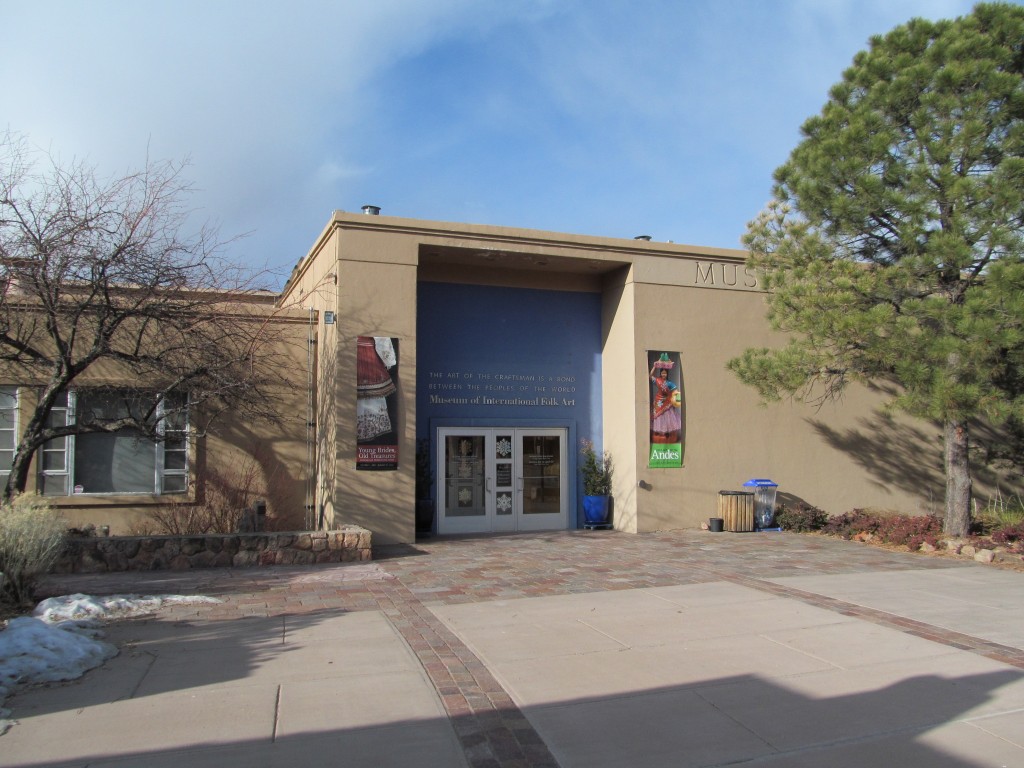
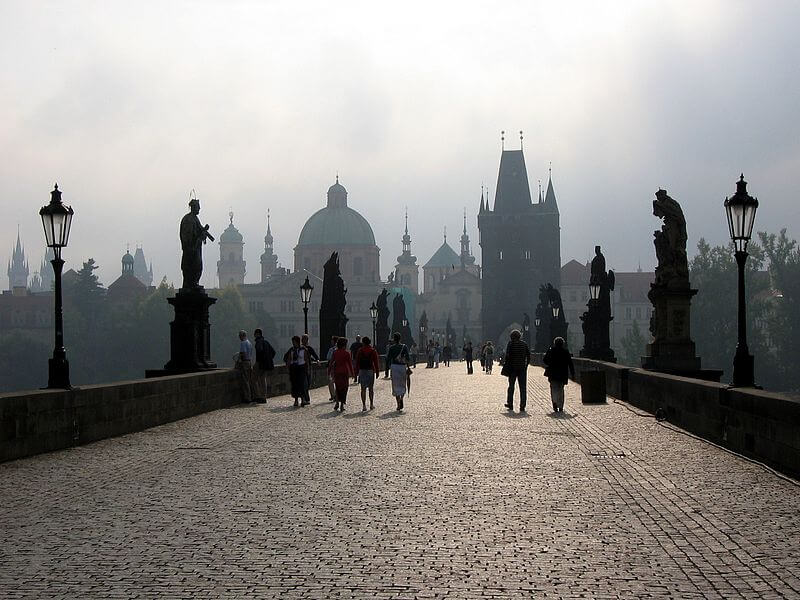
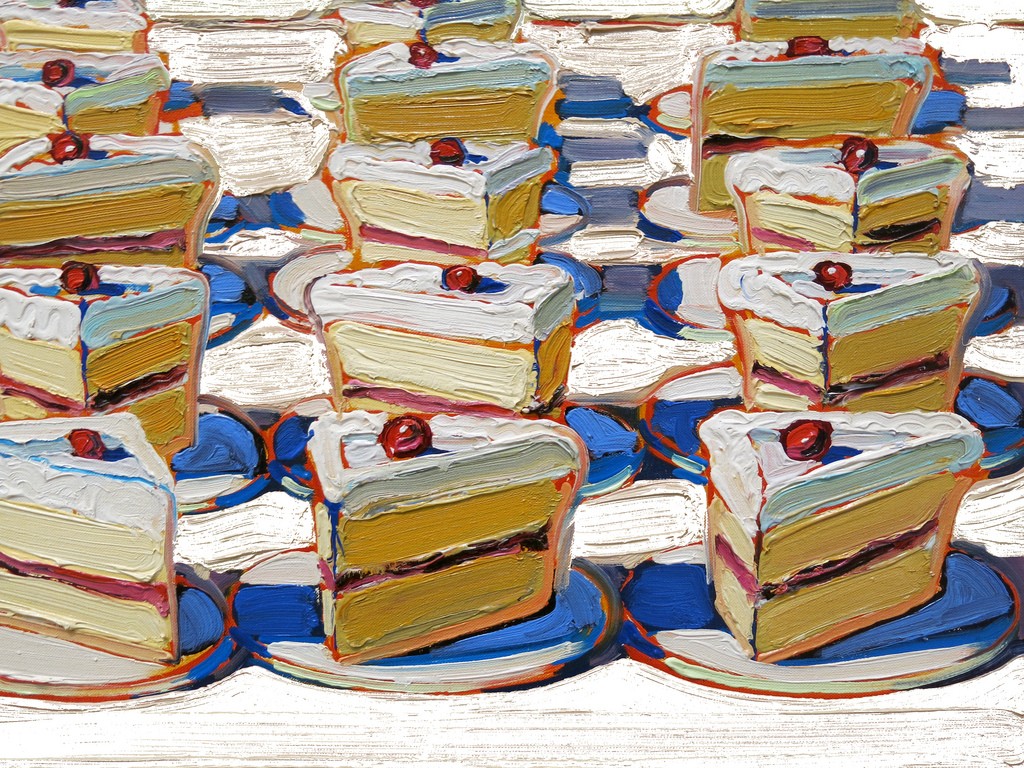
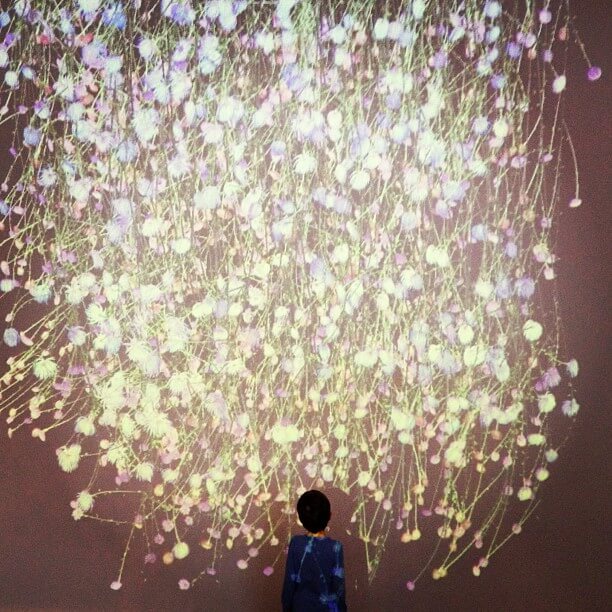
As we discussed over at “ours” folk art is pretty complex, which also makes it really interesting. I like your take on it here in your intro, by drawing the parallels to the contemporary, because it really can be there in many places, and when it’s not it says maybe just as much. In countries where folklore is not so prevalent, it’s also a cultural expression, a sign of a culture that is getting “homogenised”, as I call it. It’ll be interesting to see the development around the world and where it’s at when we write the follow-up articles in 25 years from now :-). In any case, it feels that it deserves more interest than it currently gets!
By the way, The Museu Afro-Brasil in Sao Paulo is really one of the best ones I’ve been to, fully with you there!
I like the way you put this…that when it’s not there, it says maybe just as much. Cultures are changing so fast, and what is missing is just as important as what we see.
Thoughtful post… In San Miguel de Allende, we had the opportunity to visit the “Other Face of Mexico” mask museum – displaying another wonderful example of folklore. It houses a collection of more than 500 indigenous Mexican masks, all used in ceremonial dances and rituals. One mask, very strange, was worn as a wooden belt with a horse’s head sticking out the front (symbolizing the Spanish general on his horse, leading the Christians into battle against the Moors when Spain was occupied by Arabs). It was a fascinating intro to the important role masks play in many of Mexico’s native cultures!
That would be fascinating! Thanks for sharing!
Fantastic intro to folklore, Jenna. I’ve had an interest in it since our first trip to Mexico in the early 90s, and it was Mexican folklore (so rich) and Latin American folklore that really captivated me for many years. I was a little obsessed with Frida Kahlo in my 20s and loved visiting her house in Mexico City and that fuelled the passion. The museums of Mexico are wonderful places to spend time. But my all-time favourite museum for folklore is the Tropenmuseum in Amsterdam – have you been? – an ethnographic museum that has exhibits on folklore from Latin America, as well as Asia and Africa: http://tropenmuseum.nl/ Hanoi also has a fabulous museum of ethnology with vibrant costumes, popular arts, crafts, and everyday objects. Highly recommend it.
Lara, Thank you so much for these suggestions. I have been fascinated by folklore in Brazil, which is the country I know the most about in Latin America. I have been to Amsterdam but have not been to the Tropenmuseum.